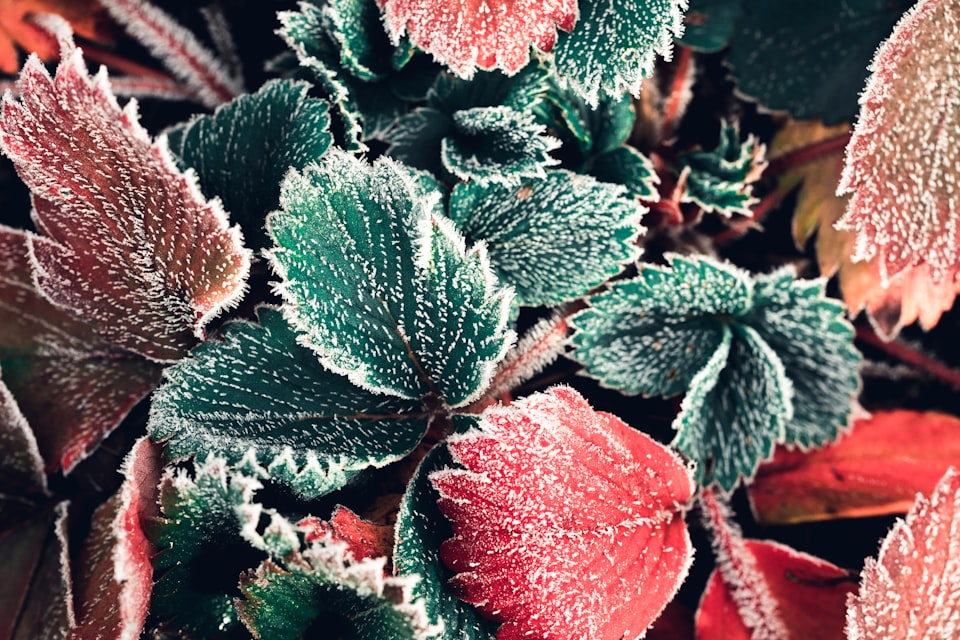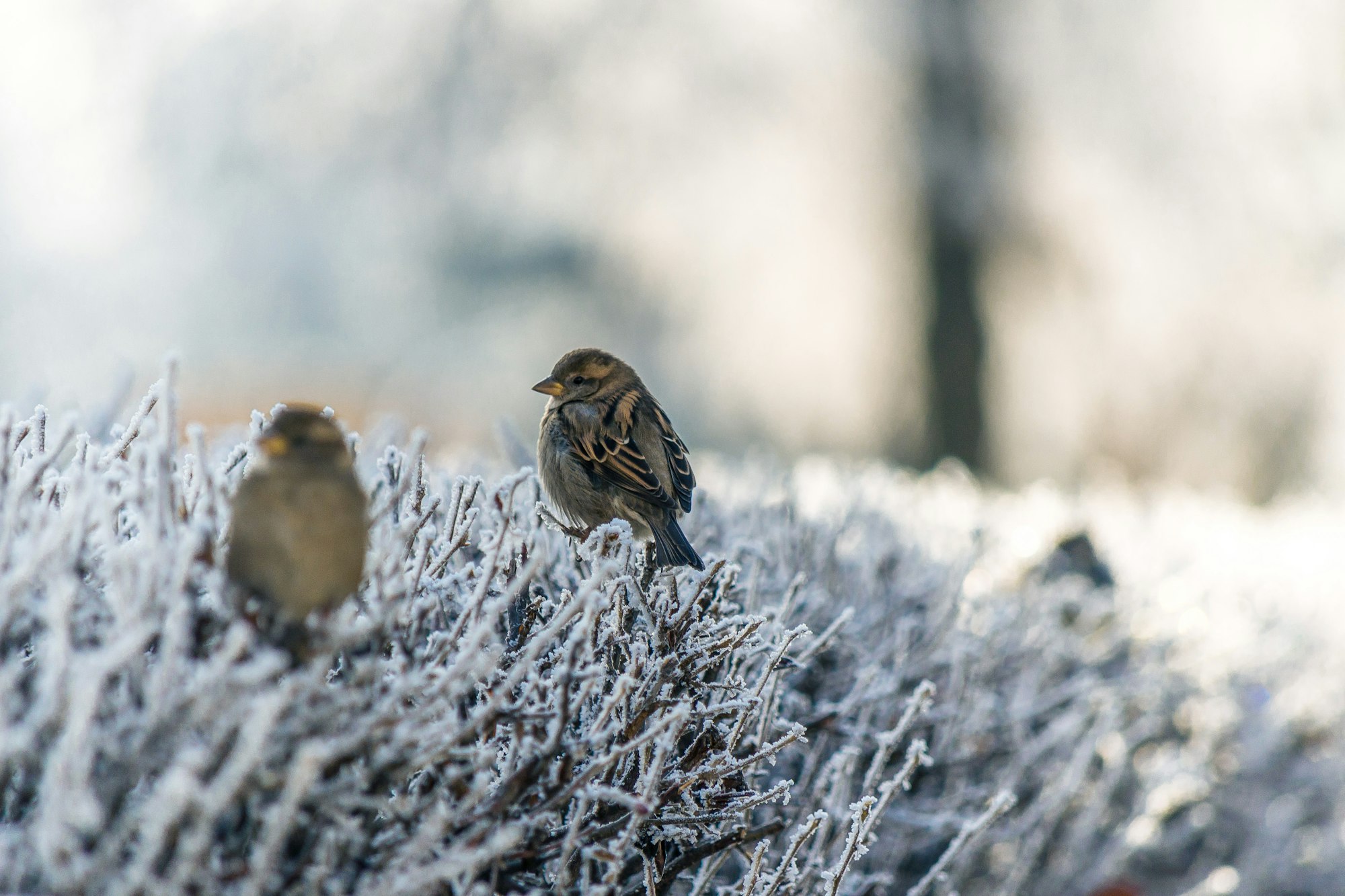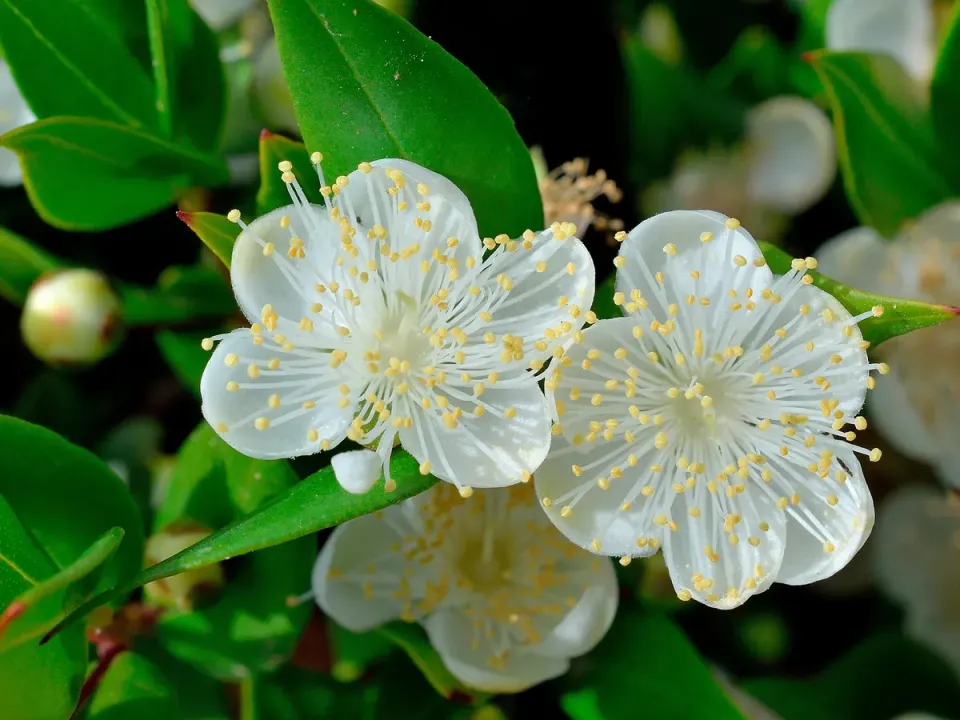VI: Gorse
What happens when a plant is just made to burn?

Good morning. Today is sextidi, the 16th of Frimaire, Year CCXXXI. We celebrate l'ajoncs, a thorny bramble used as a barrier.
💡
The scientific name of this plant is Ulex europaeus, and it's actually a member of the pea family. It goes by many common names. "Gorse" derives from a word meaning "waste." "Furze" derives from an Old English word meaning "fire." And "whin" derives from a Norse word meaning "swamp." You get the sense that the stuff is unpleasant, although its blooms are very pretty and the cultures that live with it have found a way to make their peace.
Adaptation to a climate is a funny thing. Native to Spain, but also prevalent in France and the British Isles, gorse is built for clearing room for itself in a climate where other plants need deeper, richer soil. Imagine a small shelf of rock on an otherwise smooth cliff, and that it's home to three large puffins. Gorse is like a sparrow that manages to land in the middle of the puffins and sing such an annoying song that the puffins leave, at which point 13 more sparrows come to occupy the rock.
Only, with gorse, the puffins are trees, and the annoying song is fire.



